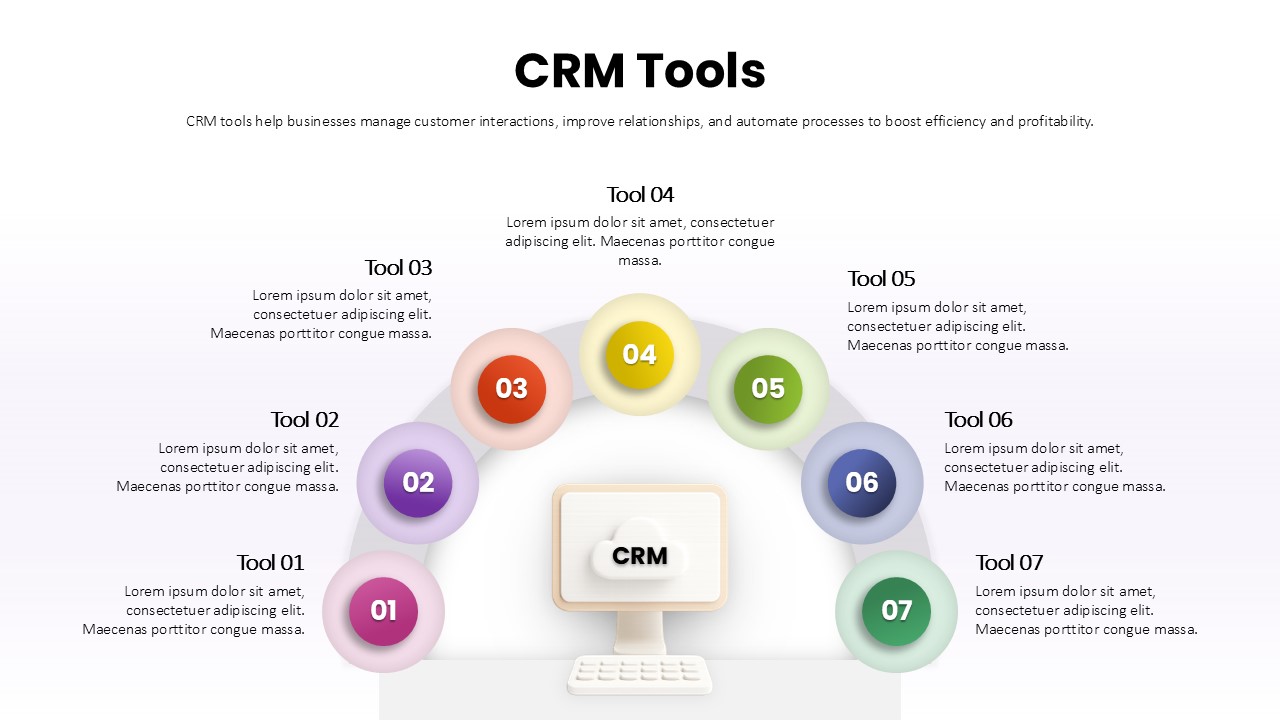
CRM Systems with Access Control and Permissions
In today’s data-driven business landscape, Customer Relationship Management (CRM) systems have become indispensable tools for managing customer interactions, streamlining sales processes, and enhancing overall business efficiency. However, the power of CRM systems also brings the responsibility of protecting sensitive customer data and ensuring compliance with privacy regulations. This is where access control and permissions become crucial components of a robust CRM system.
Understanding Access Control and Permissions
Access control and permissions are security mechanisms that determine who can access specific data and functionalities within a CRM system. They define the level of access granted to different users based on their roles, responsibilities, and the principle of least privilege. By implementing granular access control, organizations can prevent unauthorized access, data breaches, and misuse of sensitive information.
Key Benefits of Access Control and Permissions in CRM Systems
-
Data Security: Access control restricts access to sensitive customer data, such as personal information, financial details, and purchase history, only to authorized personnel. This helps prevent data breaches, unauthorized disclosure, and identity theft.
-
Compliance: Many industries are subject to stringent data privacy regulations, such as GDPR, CCPA, and HIPAA. Access control and permissions help organizations comply with these regulations by ensuring that only authorized individuals can access and process personal data.
-
Role-Based Access: CRM systems with access control allow organizations to define roles and assign specific permissions to each role. For example, sales representatives may have access to customer contact information and sales opportunities, while marketing managers may have access to campaign data and analytics.
-
Data Integrity: Access control helps maintain data integrity by preventing unauthorized modifications or deletions of critical data. This ensures that the information stored in the CRM system is accurate, reliable, and consistent.
-
Audit Trail: CRM systems with access control typically maintain an audit trail that logs all user activity, including logins, data access, and modifications. This audit trail can be used to track user behavior, identify potential security breaches, and demonstrate compliance with regulations.
-
Improved Productivity: By limiting access to only the necessary data and functionalities, access control can improve user productivity and reduce confusion. Users can focus on their specific tasks without being overwhelmed by irrelevant information.
Types of Access Control Models
-
Discretionary Access Control (DAC): In DAC, data owners have the authority to grant or deny access to their data. This model is flexible but can be prone to security vulnerabilities if data owners are not diligent in managing permissions.
-
Mandatory Access Control (MAC): MAC is a more restrictive model where access is determined by a central authority based on security classifications. This model is commonly used in high-security environments, such as government agencies.
-
Role-Based Access Control (RBAC): RBAC is the most widely used access control model in CRM systems. It assigns permissions to roles, and users are granted access based on their assigned roles. This model is easy to manage and provides a good balance between security and flexibility.
Implementing Access Control and Permissions in CRM Systems
-
Define Roles and Responsibilities: Start by identifying the different roles within your organization and the responsibilities associated with each role. This will help you determine the appropriate level of access for each user group.
-
Assign Permissions to Roles: Once you have defined the roles, assign specific permissions to each role. Permissions should be based on the principle of least privilege, granting users only the access they need to perform their job duties.
-
Implement Multi-Factor Authentication (MFA): MFA adds an extra layer of security by requiring users to provide multiple forms of authentication, such as a password and a one-time code sent to their mobile device.
-
Regularly Review and Update Permissions: Access control is not a one-time task. Regularly review and update permissions to ensure that they are still appropriate and that users are not granted access to data they no longer need.
-
Train Users on Security Best Practices: Educate users on the importance of data security and best practices for protecting sensitive information. This includes creating strong passwords, avoiding phishing scams, and reporting suspicious activity.
-
Monitor User Activity: Implement monitoring tools to track user activity and identify potential security breaches. This can help you detect unauthorized access, data exfiltration, and other malicious activities.
Examples of Access Control and Permissions in CRM Systems
-
Sales Representatives:
- Access to customer contact information, sales opportunities, and sales reports.
- Ability to create and update sales opportunities.
- Limited access to customer financial information.
-
Marketing Managers:
- Access to campaign data, analytics, and marketing reports.
- Ability to create and manage marketing campaigns.
- Limited access to customer contact information.
-
Customer Service Representatives:
- Access to customer contact information, support tickets, and customer service history.
- Ability to create and update support tickets.
- Limited access to customer financial information.
-
Administrators:
- Full access to all data and functionalities within the CRM system.
- Ability to manage users, roles, and permissions.
- Responsible for maintaining the security and integrity of the CRM system.
Choosing a CRM System with Robust Access Control
When selecting a CRM system, it is essential to consider the access control features it offers. Look for a system that provides granular permissions, role-based access control, multi-factor authentication, and audit trails. Also, ensure that the system complies with relevant data privacy regulations.
Conclusion
Access control and permissions are essential components of a secure and compliant CRM system. By implementing granular access control, organizations can protect sensitive customer data, comply with privacy regulations, and improve overall business efficiency. When choosing a CRM system, prioritize those that offer robust access control features and regularly review and update permissions to ensure that they are aligned with your organization’s security needs.

